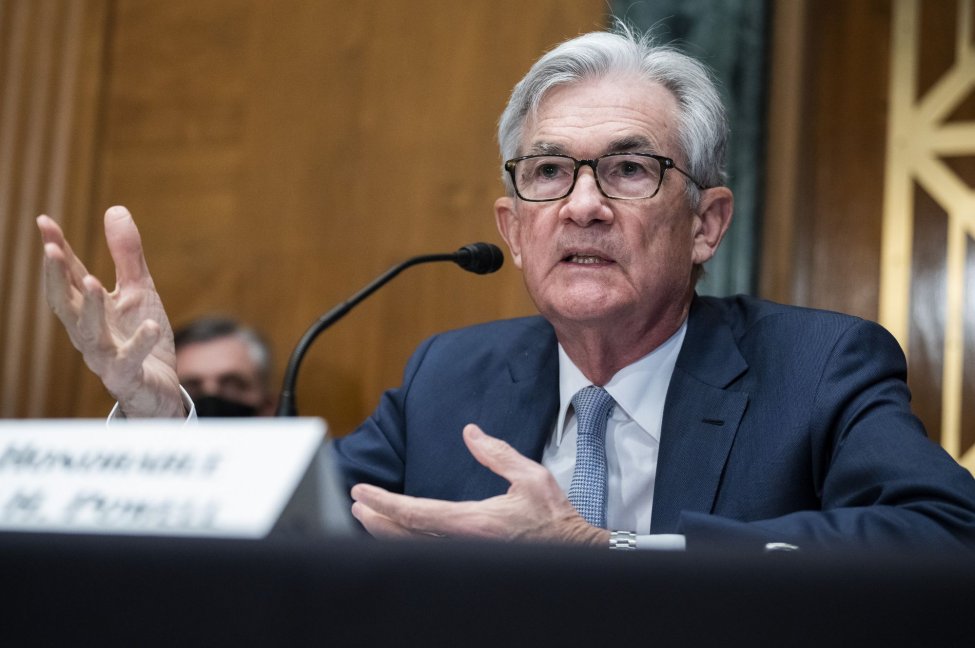Gold is Hovering Around its ATH – What Does This Mean for Bitcoin?
27.08.2024 21:30 1 min. read Alexander Stefanov
Gold prices are hitting new records, recently topping $2,510, while Bitcoin, often compared to gold, has struggled, remaining roughly 15% below its March highs.
Bitcoin has been consolidating for nearly six months, contrasting with gold’s consistent upward trajectory. This pattern, where Bitcoin lags behind rising gold prices, has occurred several times over the past five years.
For instance, gold experienced a major increase from 2019 to 2020, only briefly disrupted by the COVID-19 pandemic, while Bitcoin showed little movement.
In late 2020, after gold’s rally waned, Bitcoin surged. A similar trend was seen from March to May 2021, with gold rising while Bitcoin stagnated before dropping following China’s mining ban.
The pattern reoccurred in early 2022, as gold advanced while Bitcoin remained stable, leading to declines in both assets.
These historical trends suggest that Bitcoin may break out of its current consolidation phase once gold’s rise subsides, potentially driven by changes in market sentiment and capital shifting between assets.
-
1
Trump-Linked Truth Social Pushes for Bitcoin-Ethereum ETF as Crypto Strategy Expands
25.06.2025 19:00 2 min. read -
2
Bitcoin Hashrate Declines 3.5%, But Miners Hold Firm Amid Market Weakness
27.06.2025 21:00 2 min. read -
3
Bitcoin’s Price Closely Mirrors ETF Inflows, Not Corporate Buys
26.06.2025 11:00 2 min. read -
4
Crypto Company Abandons Bitcoin Mining to Focus Entirely on Ethereum Staking
26.06.2025 20:00 1 min. read -
5
Bitcoin ETF Inflows Hit $2.2B as Market Calms After Ceasefire
25.06.2025 17:00 1 min. read
What’s The Real Reason Behind Bitcoin’s Surge? Analyst Company Explains
Bitcoin touched a new all-time high of $118,000, but what truly fueled the rally?
Bitcoin Lesson From Robert Kiyosaki: Buy Now, Wait for Fear
Robert Kiyosaki, author of Rich Dad Poor Dad, has revealed he bought more Bitcoin at $110,000 and is now positioning himself for what macro investor Raoul Pal calls the “Banana Zone” — the parabolic phase of the market cycle when FOMO takes over.
Bitcoin ETFs See $1B Inflow as IBIT Smashes Global AUM record
Spot Bitcoin ETFs recorded a massive influx of over $1 billion in a single day on Thursday, fueled by Bitcoin’s surge to a new all-time high above $118,000.
Bitcoin Outlook: Rising U.S. Debt and Subdued Euphoria Suggest More Upside Ahead
As Bitcoin breaks above $118,000, fresh macro and on-chain data suggest the rally may still be in its early innings.
-
1
Trump-Linked Truth Social Pushes for Bitcoin-Ethereum ETF as Crypto Strategy Expands
25.06.2025 19:00 2 min. read -
2
Bitcoin Hashrate Declines 3.5%, But Miners Hold Firm Amid Market Weakness
27.06.2025 21:00 2 min. read -
3
Bitcoin’s Price Closely Mirrors ETF Inflows, Not Corporate Buys
26.06.2025 11:00 2 min. read -
4
Crypto Company Abandons Bitcoin Mining to Focus Entirely on Ethereum Staking
26.06.2025 20:00 1 min. read -
5
Bitcoin ETF Inflows Hit $2.2B as Market Calms After Ceasefire
25.06.2025 17:00 1 min. read


